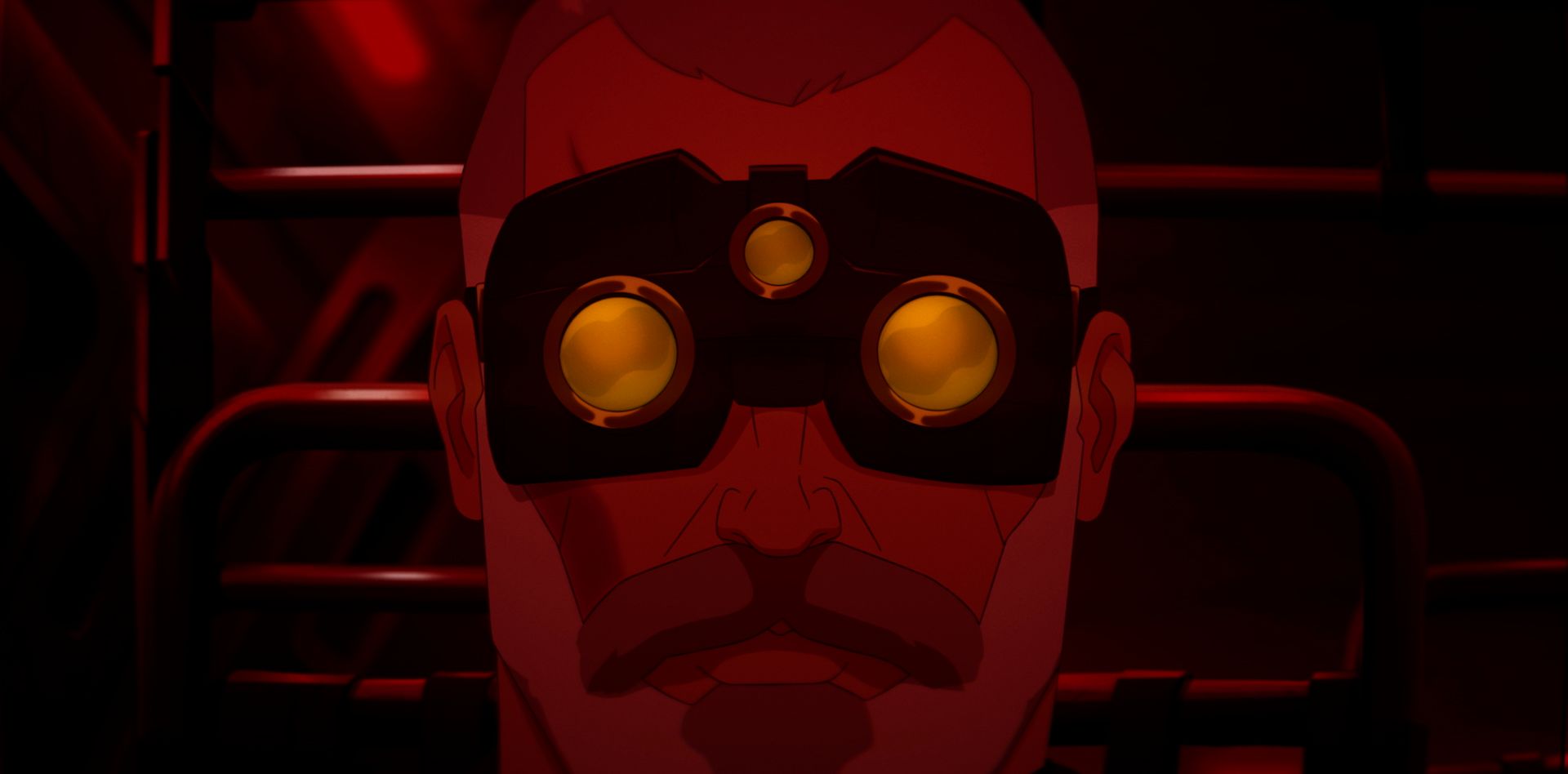Netflix just dropped its animated adaptation of Tom Clancy's Splinter Cell with a twist - it picks up where the games left off over a decade ago. John Wick creator Derek Kolstad treats the timeline as if it kept running during the franchise's dormancy, presenting an aging Sam Fisher pulled back into action from retirement.
Netflix just made a bold move in the gaming adaptation space. The streaming giant's new animated series Splinter Cell: Deathwatch doesn't reboot the beloved stealth franchise - it continues where the games went silent. It's been more than a decade since Ubisoft released a proper Splinter Cell game, leaving fans wondering what happened to iconic operative Sam Fisher. John Wick creator Derek Kolstad decided to answer that question by treating the timeline as if it never stopped. "I wanted to do it almost like the timeline kept going since the last game," Kolstad told The Verge in a recent interview. The approach gives the series immediate narrative weight - Fisher isn't just older, he's survived long enough to retire. At the show's outset, we find Sam Fisher "retired on a farm in the middle of nowhere, surprised that he's survived," according to Kolstad. It's a clever setup that acknowledges both the character's legendary status and the franchise's absence from gaming. The peaceful retirement doesn't last long, naturally. Fisher gets pulled back into action when agent Zinnia shows up at his door, injured and stranded from her team. Liev Schreiber takes over voice duties from longtime Fisher actor Michael Ironside, bringing gravitas to the older version of the character. The casting change signals this isn't just nostalgia bait - it's a genuine continuation of Fisher's story. Kolstad, who grew up reading Tom Clancy novels, says Ubisoft gave him remarkable creative freedom. "Maybe it's because there hasn't been a Splinter Cell game in quite some time, they just kind of let me go with it," he explains. When he pitched the concept as "Old Man Logan by way of Point Blank," the gaming company understood his vision. This represents a significant shift for game adaptations. Rather than rebooting or reimagining, Netflix is betting on continuity. The streaming wars have pushed platforms toward premium content, and established IP with built-in audiences offers safer investments than original properties. Animation proved the perfect medium for Kolstad's vision. Unlike live-action productions where he could visit sets, animation required a different kind of trust. "When the scripts are done, you're kind of like 'Cool, let's see what happens in two and a half years,'" he notes. But animation also removed budget constraints that would limit action sequences in live-action productions. The John Wick influence appears throughout Deathwatch, from the slick action choreography to the fundamental setup - a veteran killer hoping for peaceful retirement with his dog before circumstances drag him back. "There's one key difference between the two, though," Kolstad points out with a grin: "This dog survives." The series arrives as doubles down on gaming content. The platform has been aggressively expanding its gaming initiatives, from mobile games to high-profile adaptations. Deathwatch represents the kind of premium animated content that could differentiate Netflix in an increasingly crowded streaming landscape. For Ubisoft, the series offers a way to keep Splinter Cell relevant while the company focuses on other franchises. The gaming giant has struggled to revive several dormant properties, making Netflix partnerships an attractive alternative to expensive game development. Industry observers will be watching Deathwatch's performance closely. Success could trigger more gaming continuations rather than reboots, giving dormant franchises new life through streaming platforms. The approach could prove especially valuable for properties with complex lore that would be difficult to restart from scratch.












